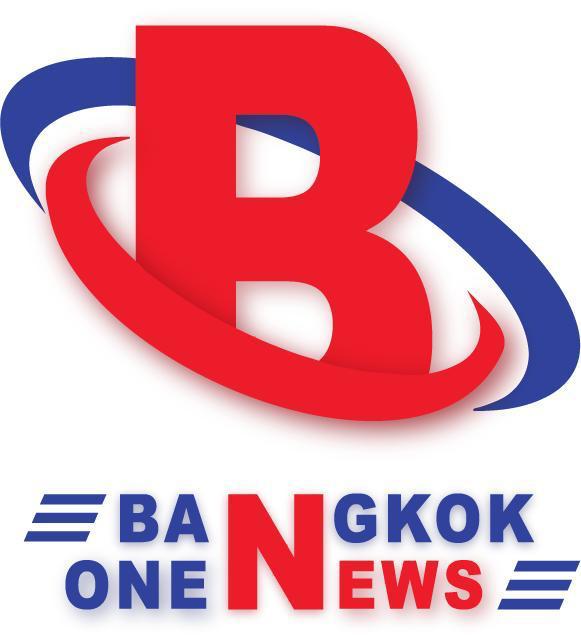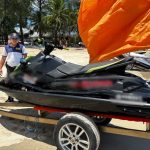The feature of the 117-foot (35.7-metre) catamaran Spacecat in the television series The White Lotus Season 3, set in the Gulf of Thailand and in the waters around Phuket, highlights the potential of Thailand’s superyacht charter market. Delivered in November 2022 by Silver Yachts, the vessel showcased luxury against the backdrop of Thailand. This visibility presents an opportunity to further develop Thailand’s luxury tourism and service industry, moving beyond glamour to build a sustainable sector that could drive economic growth. Thailand has significant assets; strategic support can help this industry thrive.
Thailand’s marine tourism sector is evolving, aiming for a model emphasising “standard, safety, and sustainability”. The country welcomed 35 million international tourists in 2024, ranking 8th globally. Key regions like the Gulf of Thailand, the Andaman coast and Phang Nga Bay, with over 2,600km of shoreline and numerous islands, are central to this shift. These areas are developing sophisticated supply chains that demand high standards.
Infrastructure includes two international-standard superyacht marinas in Phuket, the Yacht Haven Marina and Ao Po Grand Marina (both of which can support superyachts up to 100m long) as well as Ocean Marina Jomtien in the Gulf of Thailand). Facilities such as Phuket Superyacht Shipyard (PSY) and Premier Shipyard provide world-class maintenance capabilities. A significant increase in visiting foreign-flagged superyachts over the past 10 years as luxury vessels have become bigger, faster and with much greater range, as well as more available local skilled labour, reflects growing demand.
Despite the progress, more can be done to develop this market.
Refining regulations: The global exposure offers a chance to update and simplify superyacht charter licensing. While the Thailand License, first drafted in 2016 for foreign-flagged yachts over 30 metres in length, and finally operational in 2021, was a start, Thailand’s superyacht industry is still seeking to champion a more streamlined, globally competitive framework. Advocating for efficient processes aligned with international best practices could attract more foreign superyachts. Redefining superyachts to include vessels over 24 metres could also expand the market. Proactive leadership in modernising regulations is important for realising the industry’s economic potential.
Simplifying business processes: Delivering a consistent, high-end experience requires simplifying the business processes for superyacht charters. Current bureaucratic complexities contrast with the desired seamless luxury. Digital transformation, including digitising applications and reducing paperwork, can foster transparency and efficiency. This builds trust and assures owners that visits will be smooth. Stakeholder collaboration including international industry experts and all the relevant government departments on these reforms is essential for Thailand to enjoy an immediate positive economic impact and benefit from global market growth.
Supporting crew mobility: The professional crew responsible for operating the yacht and delivering world-class hospitality to its UHNWI owners and charter guests, like the nine aboard M/Y Spacecat in the show, are faced with Thailand’s 30-day visa limit, while the yachts are encouraged to stay for a whole year or more to maximise their contribution to the economy Aligning crew visa durations with their yacht’s charter licence is essential. Stable crew and positive guest experiences will encourage more yachts to visit.
Capitalising on media exposure: The significant investment in The White Lotus and the resulting buzz (eg, a reported 65% surge in hotel searches) represent a marketing opportunity for Thailand’s superyacht sector. A targeted campaign towards ultra-high-net-worth individuals (UHNWIs), potentially featuring M/Y Spacecat, could leverage this exposure. Intelligent collaboration between tourism boards, private firms, and investors could instantly turn this visibility into tangible results.
Ensuring fiscal clarity: A clear government statement on the specially created fiscal environment would encourage the global superyacht community to look towards Thailand as a new winter base. Building on past announcements (eg, around 2021 VAT changes and the idea of fiscal representation), ensuring accessible information on tax regulations is helpful. Clear guidance, including official English documentation on tax obligations, aids owners and agents. Such transparency fosters confidence and supports administrative processes, boosting Thailand’s standing in the maritime community.
Conclusion: The visibility provided by assets like M/Y Spacecat and its global media exposure offers a timely opportunity. Addressing regulatory frameworks, business processes, crew support, promotion, and tax clarity through collaborative effort among government, businesses, and investors can help develop Thailand’s potential in the global luxury yachting market.
Pun-Arj Chairatana is Chairman of the Board, Canvas Ventures International (CVI) and Andy Treadwell is Chief Executive Officer of Verventia.





